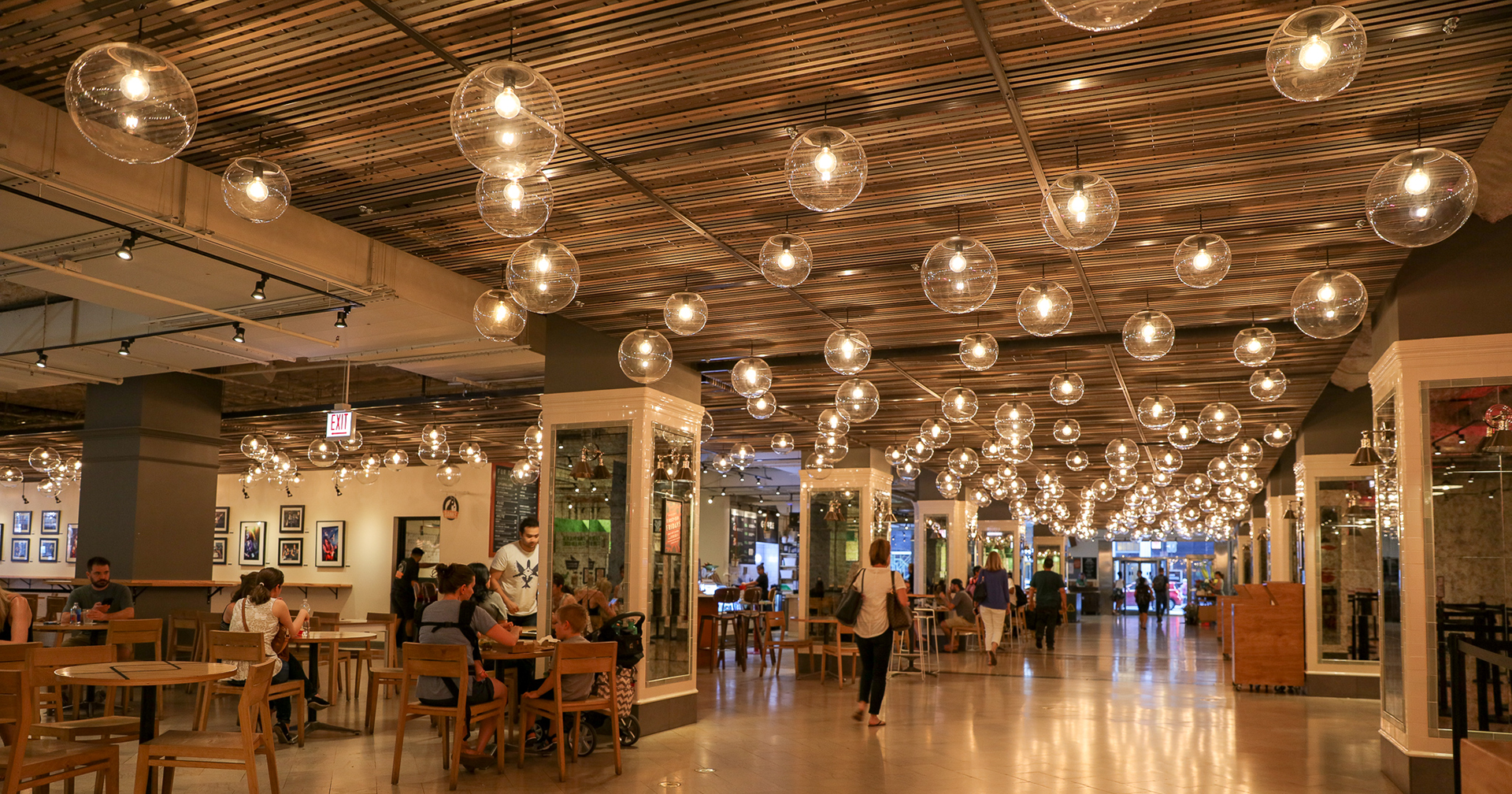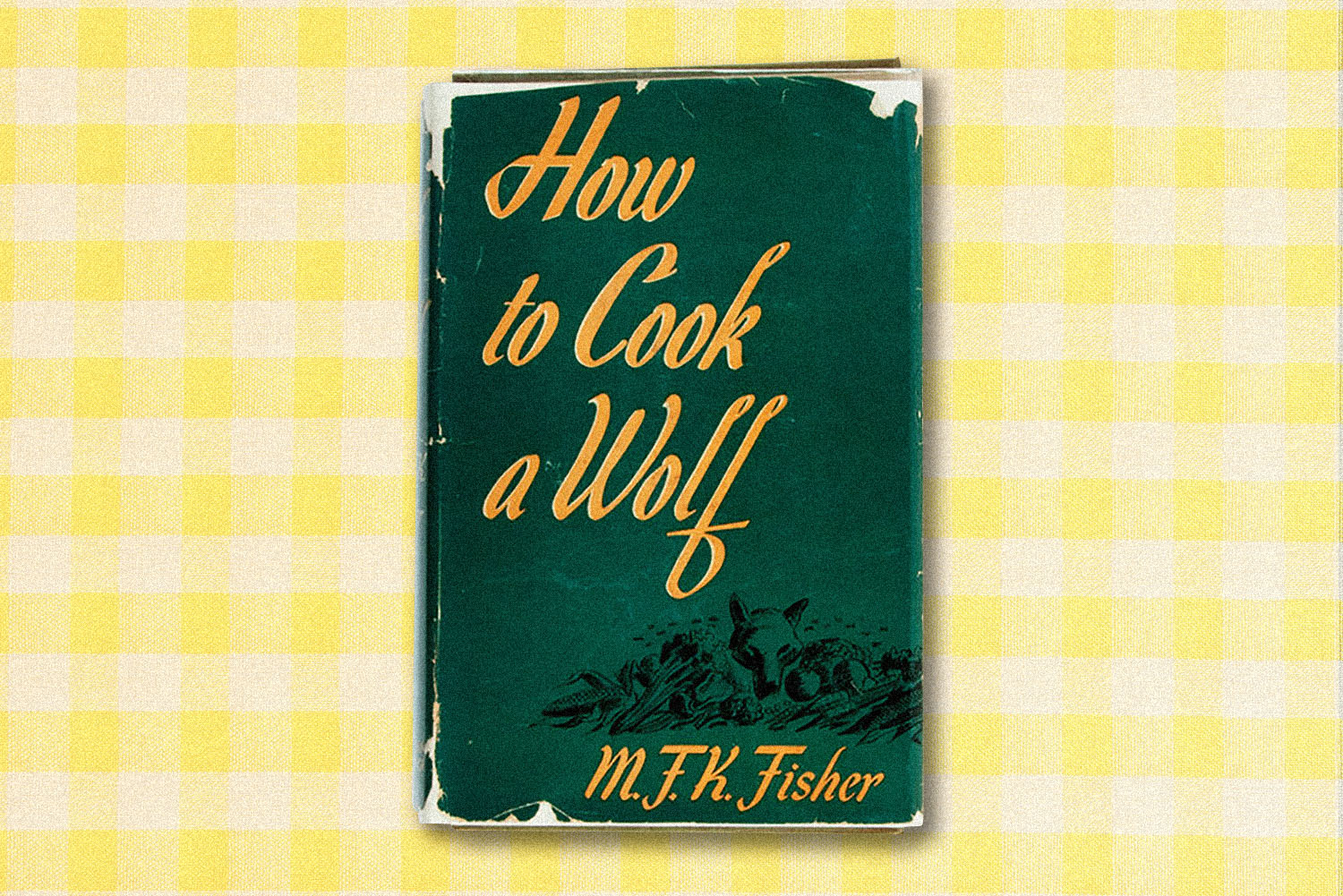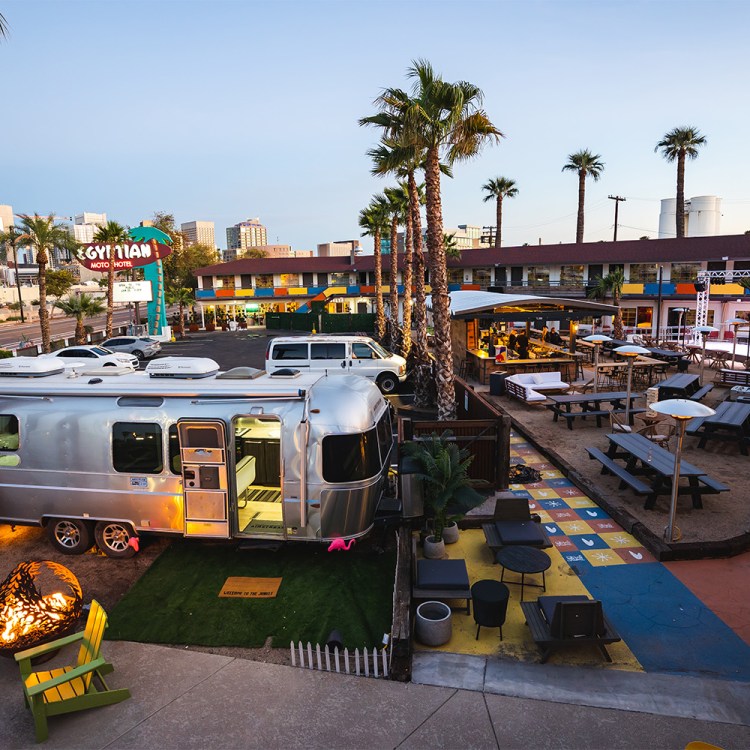The food hall era is officially upon us — and now the trend is expanding far beyond urban centers like downtown L.A.’s long-standing Grand Central Market or the iconic, permanent Farmers Market in the Fairfax District. With spiking rents, the increasing importance of Instagram-friendly fare and viral popularity and now, the devastating economic impact of the pandemic on small restaurants and local chefs, the significance of these local cuisine hubs has only continued to grow in 2020, particularly because many of them were already operating outdoors.
It’s more than just a trend though, throwing in together allows vendors to share costs and count on higher foot traffic than any stand-alone spot could draw on its own. More recent additions like Smorgasburg LA at The Row or Figat7th’s Taste Food Hall allow Angelenos to sample multiple vendors in one trip, an experience fueled by convenience, drive-time, and the growing desire to eat locally. And outposts such as Steelcraft in Long Beach, or Anaheim Packing District in Orange County have proven that the model works just as well in more suburban areas as well. That’s why the food hall format has now extended into one of Southern California’s most important regional food centers, the San Gabriel Valley.
Glendora Public Market is joining the mix after a nearly two-year renovation, becoming the largest and most prominent food hall in the region at 19,000 square feet. About forty-five minutes outside of Los Angeles, Glendora is one of several nearby cities that makes up the SGV, a suburb that is home to the largest Asian-American population in Southern California. Along with this population has come incredible cuisine from all kinds of Asian traditions, and according to food journalist, host and social media influencer Kristie Hang, growing prominence of the area means restaurants in the San Gabriel Valley sometimes have more authentic food than places in Asia itself.
“Since the early ‘90s, San Gabriel Valley has essentially become LA’s Chinatown,” Hang said. “All of this has to do, mainly, with early Chinese immigraiton to the area. When you’re in Los Angeles looking for a ‘Chinatown experience’ any local will say, ‘well, it’s not actually in Chinatown, it’s in the San Gabriel Valley.’ It became a powerhouse area that was easy for new immigrants to come to, and has become one of the must-visit places in Southern California.”
Despite the importance and influence of the region, it has been underserved when it comes to nightlife and bars, and sometimes lacking in community spots for gathering and celebrating the culture. This new food hall is attempting to change all that, offering a central, enormous location for locals to come and indulge in eateries that might otherwise be a substantial commute away. “It’s a good match for both the vendors and the customers,” said Jason Hsiao, who is the Managing Director of Shaw Investments, the developer of the project. “The two main goals are to keep this building and honor its history, and also be a hub for the community. Not just to eat and drink, but really a place to hang out and enjoy.”

The former Wonder Bread factory that now serves as the home of Glendora Public Market is a stately brick warehouse from the 1950s with soaring ceilings and preserved wood beams, reimagined with tall windows, playful murals, and chic industrial flourishes. Anchored by a beer hall component from the South Bay cult-favorite Smog City Brewing, the food vendor list includes big names like sausages and hot dogs from Dog Haus, ramen and hand rolls via Bushi by Jinya (of Jinya Ramen), the infamous Hong Kong butter buns and fried chicken from Bolo, Korean wings, rice bowls, and burgers courtesy of Belly Bombz, and a modern take on iced teas and smoothies from Boba Break Tea House.
And while the current tenants of Glendora Public Market aren’t necessarily hyper-traditional Asian fare, the fusion element in almost half the vendors involved is unmistakable. For Hang, who is often focused on spotlighting authentic cuisine, the fusion model is a perfect fit for what Glendora Public Market is trying to offer. “I’m usually not really into fusion things, but this kind of stuff works great in a food hall,” Hang said. “It goes great with beer, it’s very Instagramable, and I don’t necessarily go to a food hall for authentic food, I go to have fun with friends. Putting it in Glendora will introduce a lot more people to new cultures and foods they’re not familiar with, so it’s the best of both worlds.”
With a soft open recently, COVID-19 precautions have necessarily limited indoor dining and serving draft beer on the premises, but takeout, the potential for al fresco fare, and to-go beers all await anyone who ventures into the new space this Saturday. Hsiao and his team are also looking into converting some of their outdoor spaces and ample parking lot into semi-permanent areas for seating or outdoor offerings, and as for Smog City, they are eagerly awaiting the chance to serve their signature brew on the premises and expand their reach.
“There’s a lot of economic reasons that made coming out here make a lot of sense, but one is there’s no breweries out here,” said Smog City co-founder Jonathan Porter. “We consider ourselves a Los Angeles brand, and we wanted to get outside of our Southbay limited area. We wanted to take our influence and bring it to another part of Los Angeles, and hopefully be able to form a bridge in between. Now, we can bring something that exists in so many other cities in and around LA where it hasn’t been before. It’s exciting to be part of a project that could potentially be the ‘it’ spot in a city that used to be kind of sleepy.”

One of the best-known names on the vendor list, Dog Haus, won’t be serving food this weekend — they’re still building out their stall and plan to open within next month. But when they do, make sure to swing by to try some of their own Asian fusion offerings: Skip the burgers and hot dogs and go for the Huli-Huli chicken and pork sausage topped with crispy onions, pickled jalapenos, pineapple and scallions in a sweet ginger glaze, or the Bad Mutha Clucka chicken sandwich with not one but two fried or grilled chicken patties, pickles, and miso ranch. Get a side of salty, crispy, medium cut McDonalds-style fries with sides of chipotle aioli and more miso ranch to round out your meal.
But of all the vendors that are involved, Hang said she’s particularly excited by Bolo, partially because of chef Tsz Chan’s pastry background and partially because of the original recipes she uses to execute the restaurant’s “east-meets-west” concept.
“Bolo really excites me, because out of a lot of these fusion places, they do a really good job balancing the authenticity with really putting their own spin on it,” she observed. “When people say ‘east-meets-west,’ Bolo really encapsulates. They actually get their buns made at a local San Gabriel Valley bakery with a recipe that Chan created. So she’s using an actual SGV bakery shop and her own recipes to make this fusion thing — encapsulating a great SoCal take on fried chicken, then throwing it on a pineapple bun, which is quintessentially Hong Kong.”
While international travel and substantial trips have been on hold for the majority of the year, this new food hall offers locals a fantastic day trip option to help break up the week. Even for those further out, it’s a great pitstop for a weekend of takeout and outdoor eating while exploring the SGV. And even for those hyper-concerned about their safety during the pandemic, due to the predominant Asian-American populations in the area, Hang said she’s felt comforted by the precautions taken in the region.
“Ever since February, the SGV has been so much safer than any other city in L.A. that I’ve been to, because of the overwhelming majority of people of Asian descent who know how to wear masks correctly,” she said. “The amount of care that’s taken as a community, of doing things right, has been great. So taking day trips within the SGV is something I find comforting, not having to worry as much.”
This article was featured in the InsideHook LA newsletter. Sign up now for more from the Southland.





















